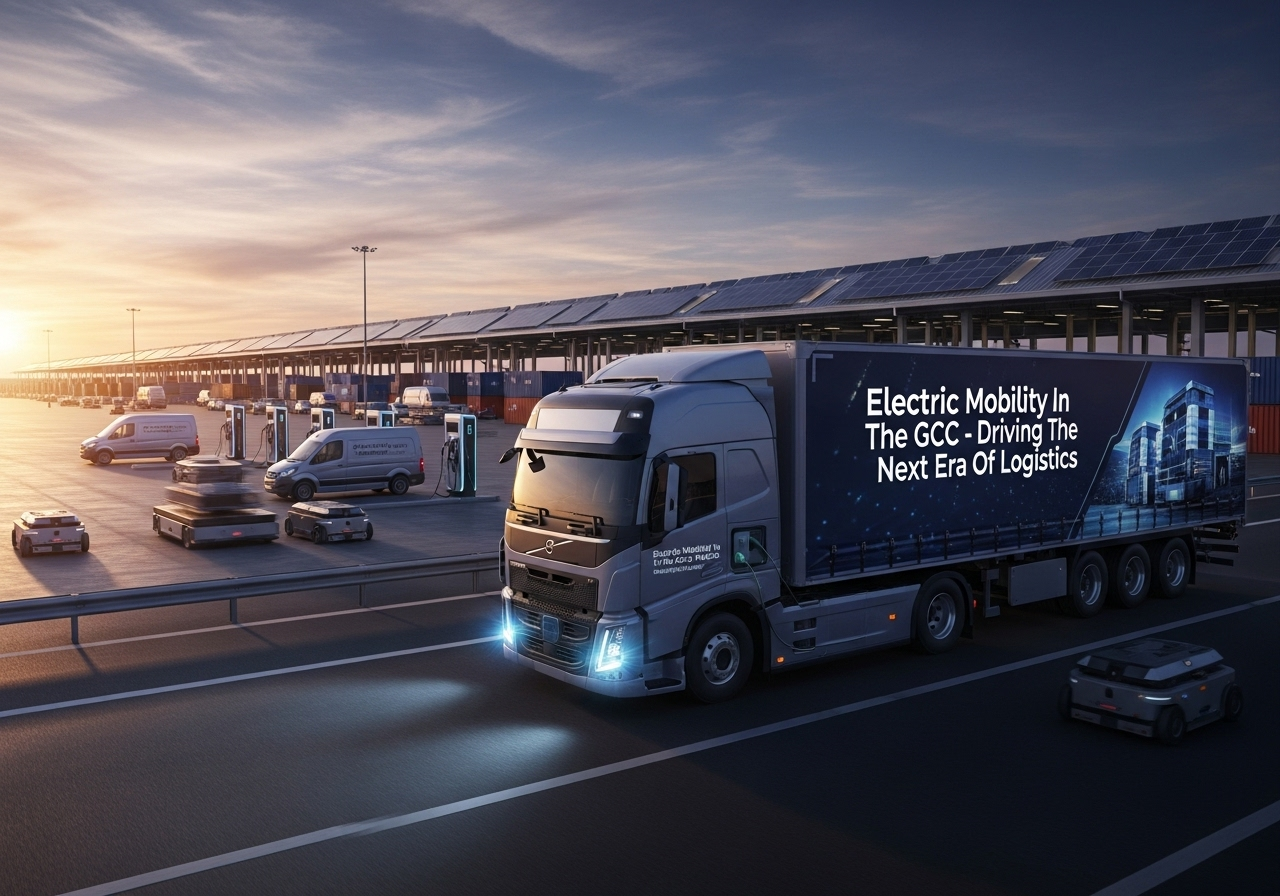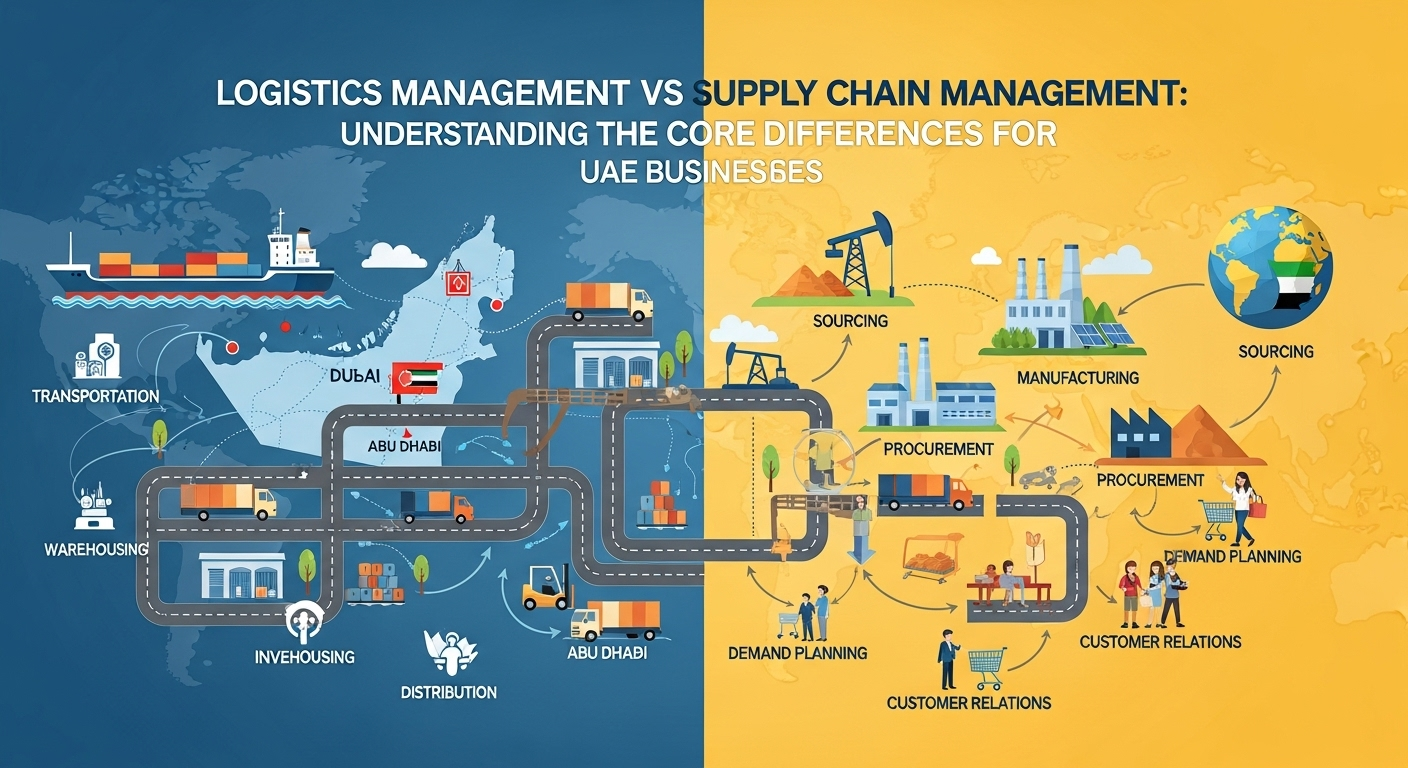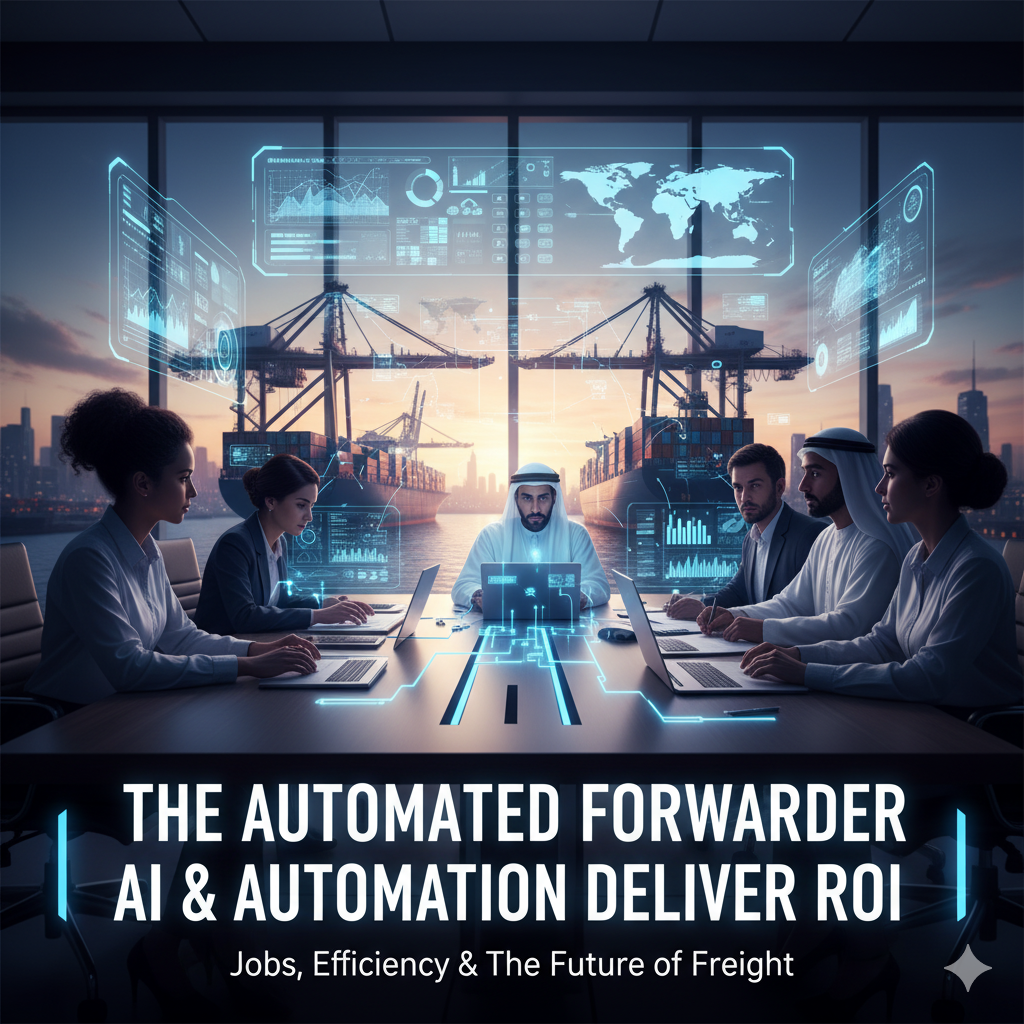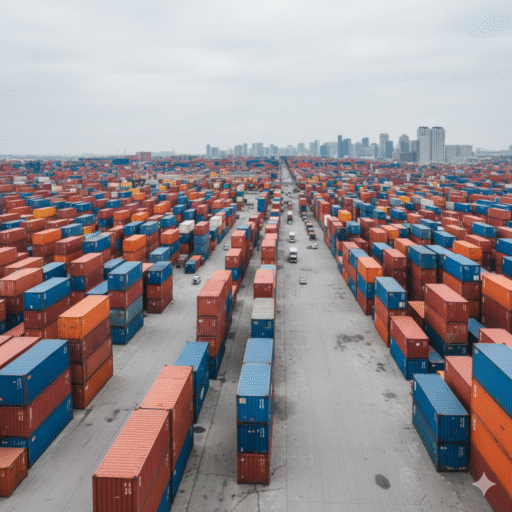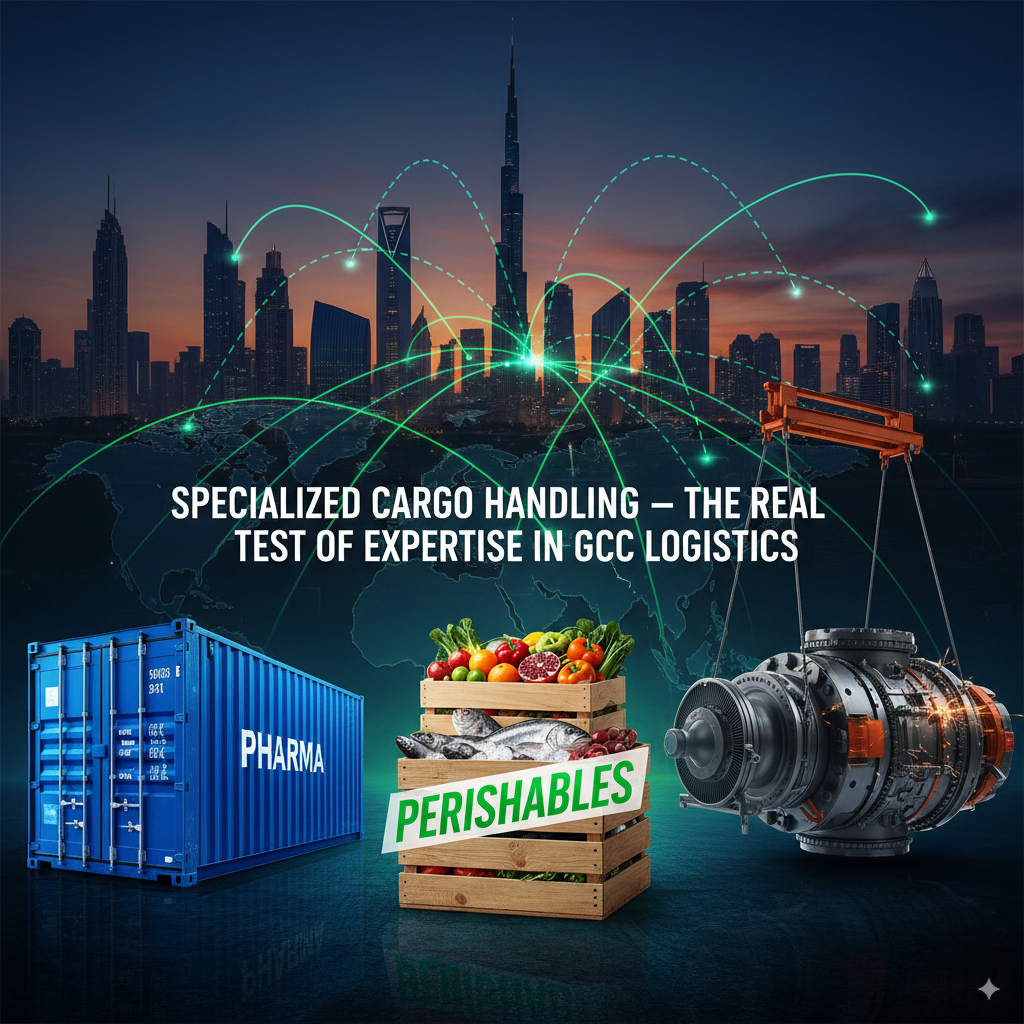Introduction
Dubai has long been synonymous with bold ambitions — from towering skyscrapers to futuristic transport. Now, the city is shifting its focus: imagine a city where your everything — work, shopping, recreation, transport — is within 1 kilometre of your home or hub. While the term “1-km city” isn’t yet formally defined, the concept aligns closely with Dubai’s “20-Minute City” and pedestrian-first master-plans.
This new urban paradigm has profound implications for:
-
how people move
-
how goods are delivered
-
how live-work-play ecosystems function
-
and how logistics, supply-chain and infrastructure adapt
Let’s explore what this vision means, how Dubai is making it real, and why it matters for logistics and supply-chain professionals across the Gulf.
1. What the “1-Km City” Means in Practice

At its core, the idea is simple: design the city so that essential destinations — work, transport hubs, retail, leisure, healthcare — are within a short walk or micro-mobility ride (e-scooter, bicycle) of 1 km (or roughly a 10-12 minute walk).
Key attributes include:
-
Mixed-use neighbourhoods — residential, commercial and leisure all integrated.
-
Dense pedestrian networks and cycling infrastructure.
-
Transport-oriented development (TOD) centering on metro/tram nodes.
-
Reduced car dependency and shorter vehicle-based journeys.
In Dubai, this is already being translated via the Dubai 2040 Urban Master Plan and the Dubai Walk Master Plan, which envisages a 6,500 km network of walkways across 160 areas.
For example:
-
The district of Al Barsha 2 is being developed with 17 km of walking and cycling paths ensuring key amenities are within a short ride or walk. Khaleej Times
-
The “20-Minute City” model already points toward the smaller-scale goal of short distance access within neighbourhoods. The National News
Hence, while the “1-km city” isn’t an official policy term yet, it captures the micro-mobility, hyper-connectivity ethos of Dubai’s next phase of urban design.
2. Why Logistics & Supply-Chain Professionals Should Care
A) Delivery & Last-Mile Efficiency
Shorter distances mean goods can be delivered faster, more sustainably and at lower cost. A “1-km city” enables:
-
Micro-fulfilment centres within neighbourhoods.
-
Electric cargo bikes or cargo drones navigating short loops.
-
Rapid delivery windows (30–60 minutes) for e-commerce.
B) Reduced Transport Burden & Carbon Footprint
As private-vehicle dependency drops, logistics providers can redesign fleets toward smaller EVs, micro-vehicles and smarter routing. This aligns with Dubai’s push for sustainability and reduced emissions. Gulf Today+1
C) New Hubs & Multi-Modal Opportunities
With metro and transit-oriented nodes becoming focal points, freight forwarding and supply-chain firms can consider:
-
Logistics hubs near metro or tram stations.
-
Integration of rail (for longer hauls) with short-haul urban delivery loops.
-
Partnerships with real-estate/development for built-in micro-logistics spaces.

D) Workforce & Skills Shift
As the city becomes more walkable and dense:
-
Localised delivery roles increase (micro-mobility operators, cart/rickshaw-style EVs).
-
Data analysts and urban logistics planners will be in demand to optimise these new delivery zones.
-
Sustainability managers and shared-mobility strategists will find a growing niche.
3. What’s Already Underway in Dubai
-
Walk & Soft-Mobility Network: 6,500 km of interconnected walkways by 2040 — to increase share of walking and non-motorised mobility from 13 % to 25 %.
-
Transit-Oriented Development (TOD): Expanding metro-station precincts and linking densification to transport nodes.
-
Al Barsha 2 Model District: A practical example of walkable neighbourhood design in Dubai. Khaleej Times
-
20-Minute City Strategy: A shift away from car-first, towards integrated neighbourhoods.

These give logistics firms clarity: urban planning has shifted; last-mile and urban delivery ecosystems are evolving; the built environment is aligning around micro-mobility and soft-transport.
4. Challenges & What to Watch
-
Climate & Comfort: With Gulf summers, shaded walkways, cooled spaces and micro-mobility comfort matter — not just distance. The National News
-
Land-Use Mixing: Achieving true mixed-use (retail, services, housing) can be complex in zoning and development.
-
Infrastructure Investment: Micro-logistics and last-mile hubs need land, power (for EVs), digital connectivity — firms need to partner early.
-
Data & Visibility: With smaller loops and many delivery points, firms will require high visibility and AI-based routing.
-
Integration with Macro-Logistics: While neighbourhood delivery distances shorten, the long-haul supply chains remain — integrating both is key.
5. Action Plan for Logistics Companies in the GCC
-
Audit your urban delivery footprint: Map where your packages end up in cities like Dubai; identify “>1 km” legs that can be redesigned into micro-loops.
-
Explore micro-fulfilment & dark stores: Place fulfilment closer to dense urban zones to reduce distance and time.
-
Fleet modernisation: Invest in EVs, cargo bikes, micromobility capable vehicles for inner-city loops.
-
Collaborate with urban planners: Stay engaged with RTA, Dubai Planning, real-estate developers building walkable districts.
-
Use data & AI: Build routing models that account for short-distance urban loops, micro-mobility, and time-of-day windows (especially in hot climates).
-
Skill-up the workforce: Train staff in micro-logistics operations, SDG/ESG reporting, and dense-urban routing.
-
Position your brand: Use “1-km city / neighbourhood delivery” as a service differentiator — faster, greener, more localised.
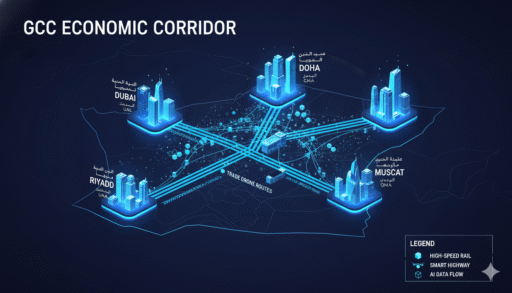
6. Conclusion
Dubai’s evolution into a “1-km city” is not just a marketing slogan — it’s a bold move towards ultra-connectivity, sustainability, and a reimagined logistics landscape.
For freight forwarders, logistics providers and supply-chain professionals across the GCC, this presents a unique inflection point:
-
Shorter delivery distances
-
Micro-fulfilment hubs
-
Electric and cargo-bike fleets
-
AI-enhanced routing
-
Skills for an urban-first world
By aligning your strategy with this city-scale shift, you’re not just adapting — you’re positioning your business to lead in the new era of Gulf logistics.
After all: in a “1-km city”, the distance between ambition and delivery is just a short walk away.


